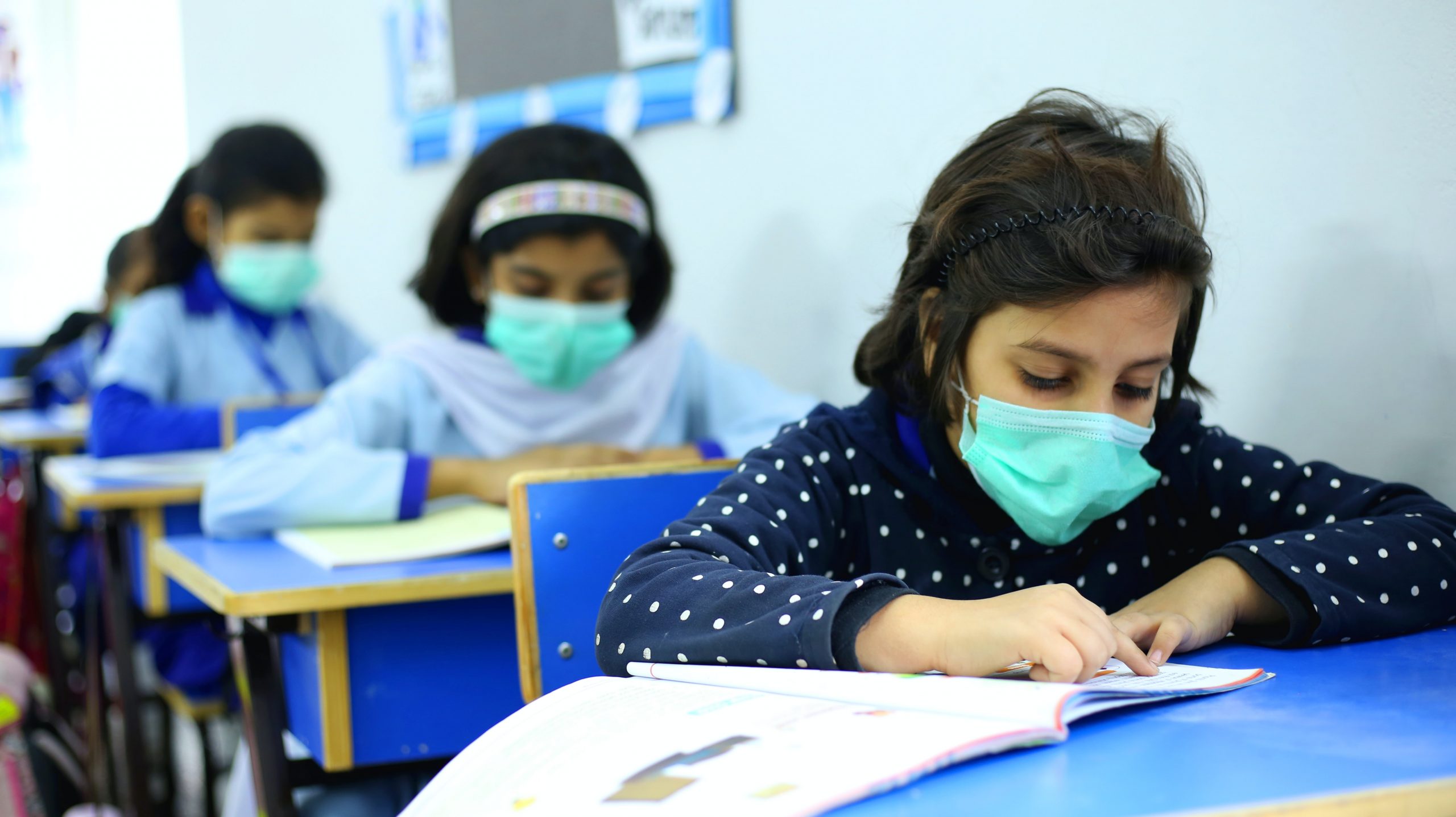
Lauren Dempsey, MS in Biomedicine and Law, RN, FISM News
[elfsight_social_share_buttons id=”1″]
The politicization of COVID-19 has created a political and social divide in America, and as students return to school this gap has widened even further.
For the last 18 months children have been quarantined, masked, and sanitized. Now, just as people were looking forward to a return to normal, schools across the country are reimplementing COVID-19 safety measures based on CDC recommendations due to the rising number of cases around the country. These recommendations include social distancing, wearing a mask, vaccinations, and limited class size.
A new Gallup poll shows that 48% of parents support universal masking for all students, 41% support no masking, and 11% would support masking for unvaccinated students only. These varying opinions have sparked a heated debate over the legality of whether school boards and government entities are able to implement mask mandates. Secretary of Education, Miguel Cardona has stated that he believes that through certain mitigation strategies, including mandatory masking, we can keep children safe in the classroom and that an in-person school setting is important academically, socially, and emotionally.
But does the current data reflect the need for such strict measures in schools? How are children affected by COVID-19 infection?
The most common symptoms of the virus are cough, congestion, sore throat, fever, and stomach discomfort. These symptoms are similar to other common illnesses such as strep throat, the flu, hay fever, and the common cold.
A recent study from the American Academy of Pediatrics examined available data which showed that 4.8 million children have tested positive for COVID-19 since the beginning of the pandemic, accounting for 14.8% of the total cases. New research shows that infection rates in school settings are similar to those in the community setting, and that rates among children are on the rise.
It is important to note, however, that the case numbers do not reflect serious illness, hospitalization, or death, which is the data that should be at the forefront of the debate. The study shows that severe illness is extremely rare in children with only 0.9% of cases in children resulting in hospitalization and 0.01% resulting in death. As a result of the findings the AAoP reported, “At this time, it appears that severe illness due to COVID-19 is uncommon among children.”
CDC director, Rochelle Walensky recently stated that “we fall into this flawed thinking of saying that only 400 of these 600,000 deaths from COVID-19 have been in children. Children are not supposed to die, so 400 is a huge amount.” However, Walensky did not provide context of comparable data from other sicknesses. Data from the CDC shows that 187 deaths were attributed to the flu for children aged 0-17 and 908 deaths were attributed to pneumonia. Accidents or unintentional injuries continue to by and large be the leading cause of death in children in the United States.
While any loss of life is tragic, these numbers should be encouraging to parents that are faced with fear and uncertainty over potential COVID infection and adequate school policies. While school systems play a key role in educating students, ultimately the health, safety, and well-being of children is the responsibility of parents.
